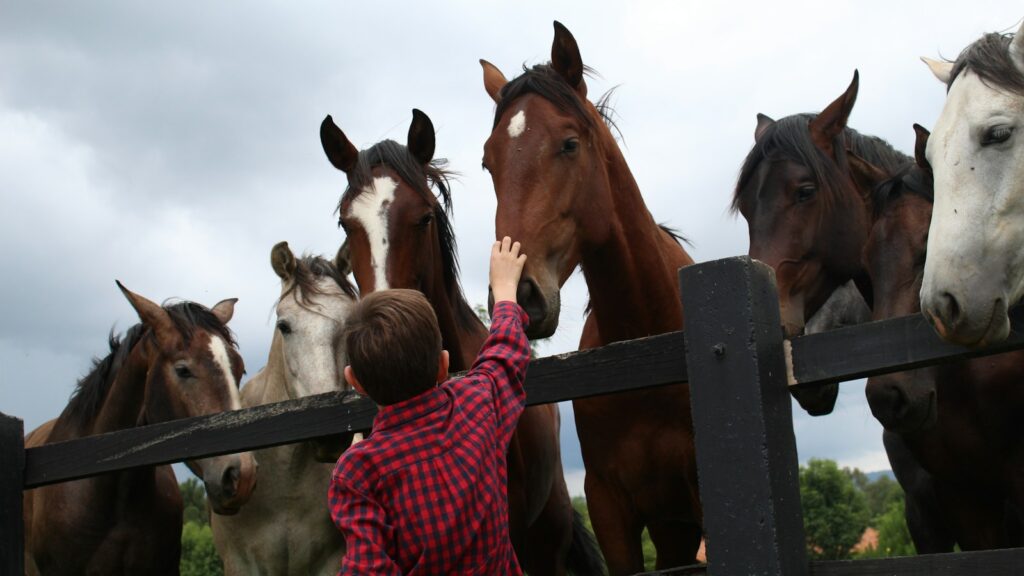Throughout the equestrian world, few discussions ignite as much passion as the comparison between Warmbloods and Thoroughbreds. Both breeds have shaped modern horse sports dramatically, each bringing distinctive qualities to the arena. Whether you’re an Olympic-level competitor, an amateur rider, or simply a horse enthusiast, understanding the nuances between these two prestigious breeds can provide fascinating insights into equine athletics and breeding philosophy. This article delves into the characteristics, strengths, weaknesses, and ideal uses of both Warmbloods and Thoroughbreds, exploring whether one truly outshines the other or if their differences simply make them suited to different purposes.
Historical Origins: Breeding for Purpose
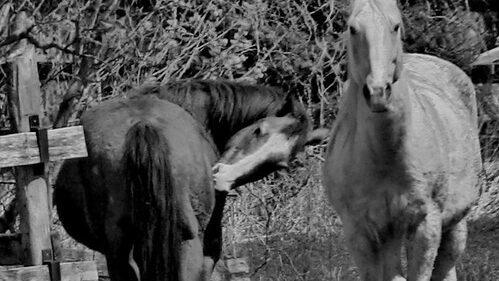
Warmbloods and Thoroughbreds originated from distinctly different breeding philosophies and needs. Thoroughbreds emerged in 17th and 18th century England through crossing native mares with imported Arabian, Barb, and Turkoman stallions, with all modern Thoroughbreds tracing back to three foundation sires: the Byerley Turk, the Darley Arabian, and the Godolphin Arabian. These horses were bred specifically for speed and racing, with the first official stud book established in 1791, creating a closed breeding population focused on performance. Warmbloods, meanwhile, developed primarily in continental Europe as working horses, combining the strength and steady temperament of draft breeds (“cold bloods”) with the refinement and athleticism of “hot blooded” breeds like Thoroughbreds and Arabians. Unlike Thoroughbreds, Warmblood breeding remains largely open, with studbooks accepting outside blood to continually improve the breed according to performance standards rather than bloodlines alone.
Physical Characteristics: Form Follows Function
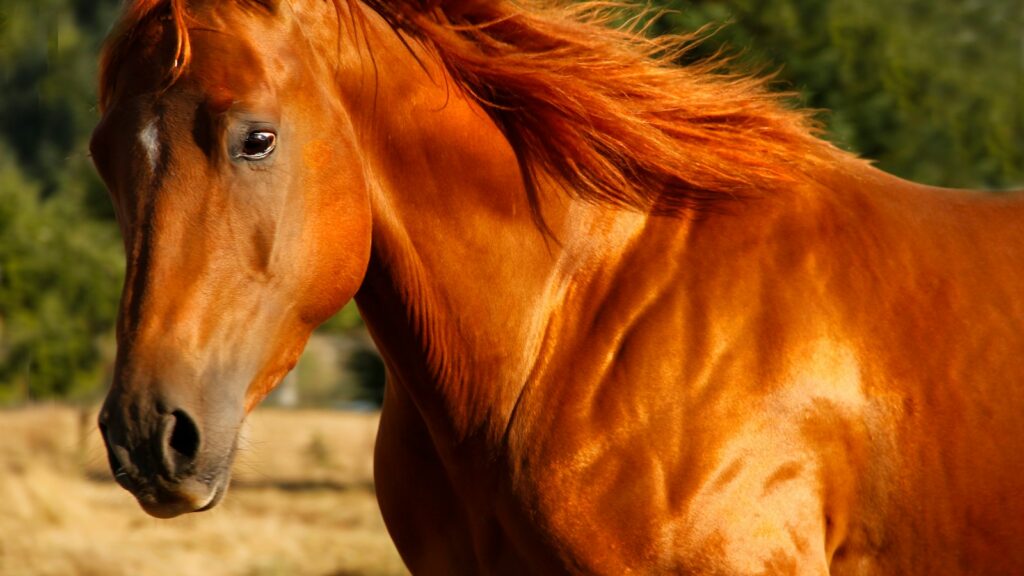
Thoroughbreds typically present as lean, angular athletes with long legs, deep chests, and refined features that reflect their breeding for speed over distance. Standing typically between 15.2 and 17 hands, they possess a high-withered, streamlined build with long, sloping shoulders and powerful hindquarters designed for the forward thrust needed in racing. Warmbloods, by contrast, generally have more substantial bone structure, heavier musculature, and a more rectangular frame designed for collection and power rather than flat-out speed. Their broader chests, stronger loins, and more upright shoulders facilitate the carrying capacity needed for disciplines like dressage and show jumping. While considerable variation exists within both breeds, these physical differences directly relate to their traditional purposes – Thoroughbreds built for extending forward at high speeds, and Warmbloods designed to carry weight while maintaining balance through technical movements.
Temperament and Trainability: Mind Over Matter
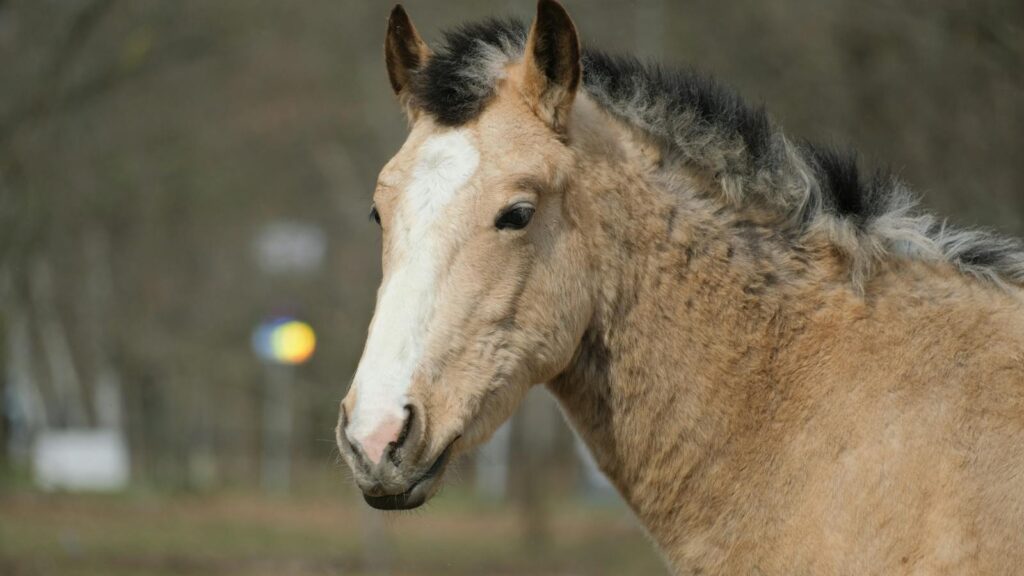
Temperament differences between these breeds often contribute significantly to riders’ preferences. Thoroughbreds typically display more reactive, sensitive, and forward-thinking personalities, with their racing heritage contributing to their generally alert, sometimes high-strung nature. Many professionals value their intelligence and responsiveness, though these same qualities can make them challenging for inexperienced riders. Warmbloods generally offer more level temperaments, often described as sensible, trainable, and less reactive to environmental stimuli. Their development as working and military mounts prioritized reliability and tractability, qualities that remain evident in modern breeding programs. However, these generalizations come with important caveats – individual personality, upbringing, training history, and bloodlines within each breed can produce dramatic variations in temperament, with calm Thoroughbreds and fiery Warmbloods certainly existing.
Athletic Abilities: Specialized Excellence
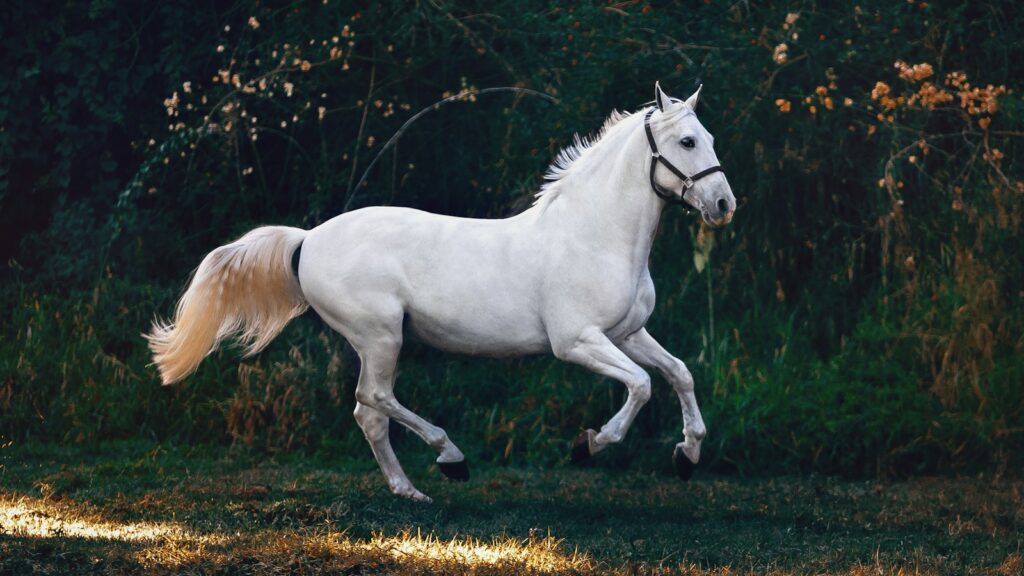
Each breed brings distinct athletic strengths to equestrian sports. Thoroughbreds excel in sports requiring speed, endurance, and ground-covering ability – not just racing but also eventing (particularly cross-country phases), fox hunting, and polo. Their natural forward movement, stamina, and efficient gallop make them formidable athletes for disciplines where covering distance quickly matters. Warmbloods typically shine in technical precision sports like dressage, show jumping, and combined driving, where balance, adjustability, and power matter more than raw speed. Their stronger carrying capacity, naturally more uphill balance, and ability to collect their stride make complex technical movements more achievable. The difference becomes particularly evident at elite levels, where Warmbloods dominate Olympic dressage and show jumping, while Thoroughbreds and Thoroughbred crosses maintain a strong presence in three-day eventing, especially at courses demanding speed and endurance.
Breed Specialization: Warmblood Varieties
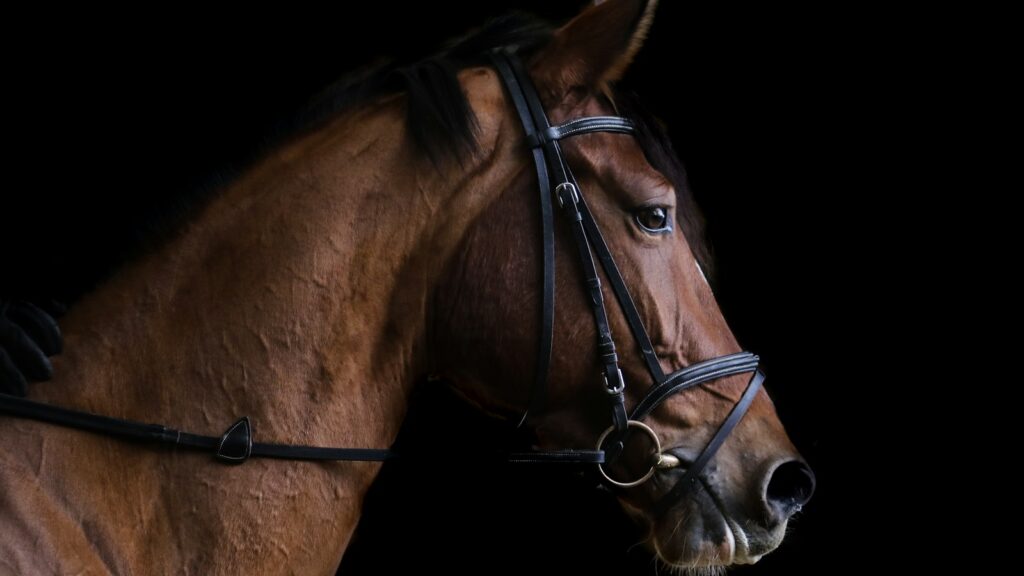
Unlike Thoroughbreds, which constitute a single breed regardless of nationality, Warmbloods are divided into distinct registries typically associated with their countries or regions of origin, each with specific characteristics. The Hanoverian, originating in Germany, typically displays excellent movement for dressage while maintaining jumping ability, with notable substance and reliability. Dutch Warmbloods (KWPN) have gained tremendous popularity for their modern type, often showing spectacular movement and jumping ability while incorporating significant Thoroughbred blood for refinement. The Holsteiner, one of the oldest Warmblood breeds, has particularly excelled in show jumping with its powerful hindquarters and careful technique over fences. Other significant registries include Swedish Warmbloods, Oldenburgs, Westphalians, Danish Warmbloods, and Belgian Warmbloods, each maintaining slightly different selection criteria and performance goals within the broader Warmblood philosophy.
Health and Soundness Considerations
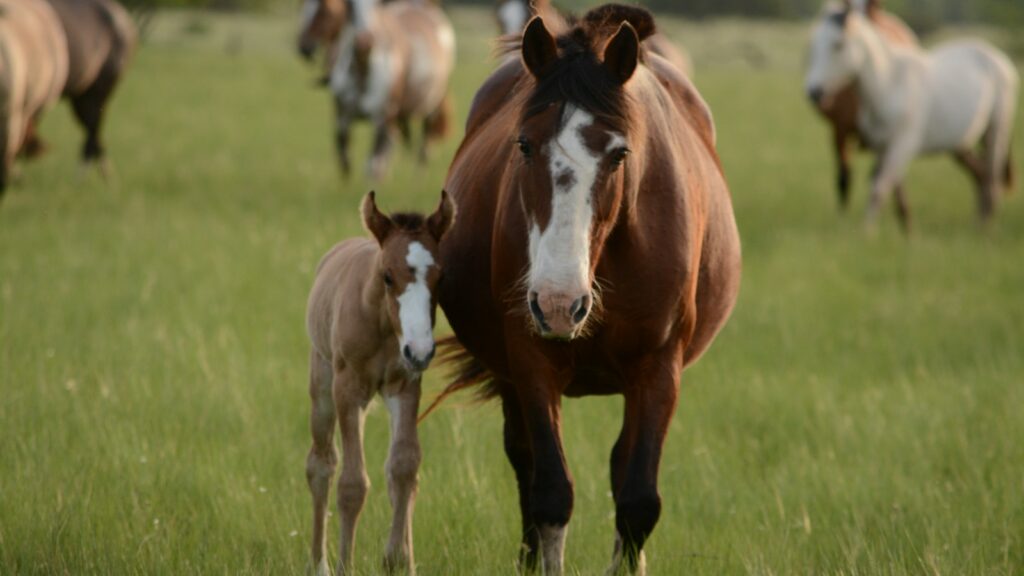
Both breeds face distinct health challenges related to their conformation and breeding histories. Thoroughbreds, bred intensely for performance often at young ages, can be prone to issues including bleeding from the lungs (Exercise-Induced Pulmonary Hemorrhage), gastric ulcers, and bone density challenges from early racing careers. Their fine-boned structure and sensitive nature can also contribute to higher injury rates in certain disciplines. Warmbloods typically show greater bone density and sometimes more durable joint structures, but their heavier build can create its own concerns, including higher rates of navicular syndrome in some bloodlines, osteochondrosis (OCD), and other developmental orthopedic issues related to their size and growth patterns. Modern veterinary research indicates that management practices, including appropriate development schedules for young horses, contribute significantly to long-term soundness in both breeds, potentially more than breed-specific factors alone.
Longevity and Career Duration
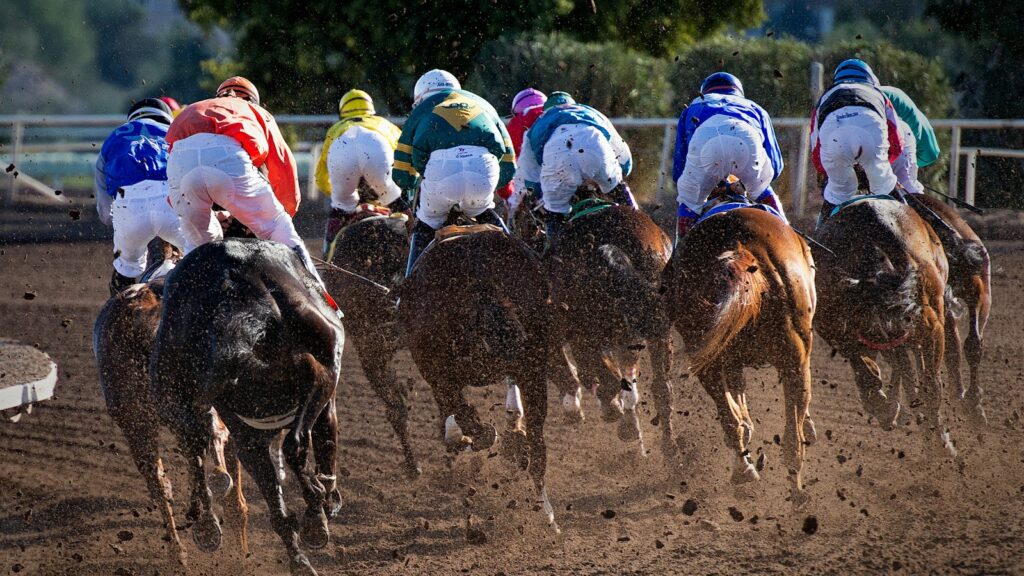
Career longevity often differs between these breeds, influenced by physical development timelines and sport demands. Thoroughbreds typically mature physically earlier, with racing careers often beginning at age two or three and frequently concluding by age six or seven, though those transitioning to second careers in other disciplines may compete well into their teens. Their earlier physical maturity allows for earlier training, but intense early careers can impact long-term soundness. Warmbloods generally develop more slowly, with many not reaching full physical maturity until age seven or older, particularly for the larger, heavier individuals. This slower development often translates to later competitive peaks but potentially longer competitive careers, with many international Warmblood sport horses performing at their best in their early to mid-teens. Elite Warmbloods in disciplines like dressage frequently compete successfully into their late teens and occasionally early twenties when carefully managed.
Purchase Price and Economic Factors
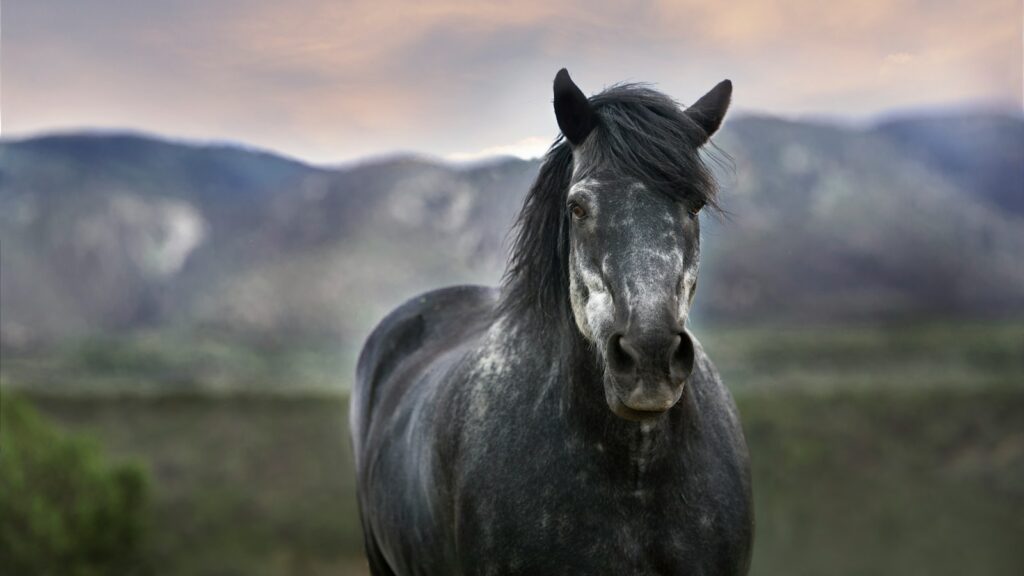
The financial investment differs substantially between these breeds, influenced by bloodlines, competition records, and market demands. Thoroughbreds generally present more affordable entry points into horse ownership, with off-track Thoroughbreds (OTTBs) often available at modest prices compared to purpose-bred sport horses. These former racehorses can offer exceptional value for riders willing to invest in retraining, though elite Thoroughbred breeding stock with exceptional racing records can command millions. Warmbloods typically command significantly higher average prices, particularly those from prestigious European bloodlines with sport performance records. Young Warmbloods with strong pedigrees and promising movement or jumping ability regularly sell for five and six-figure sums, while international-quality competition horses can reach seven-figure prices. This price disparity has economic implications for different equestrian disciplines, with Warmblood-dominated sports like dressage often requiring greater financial investment.
Maintenance and Care Requirements
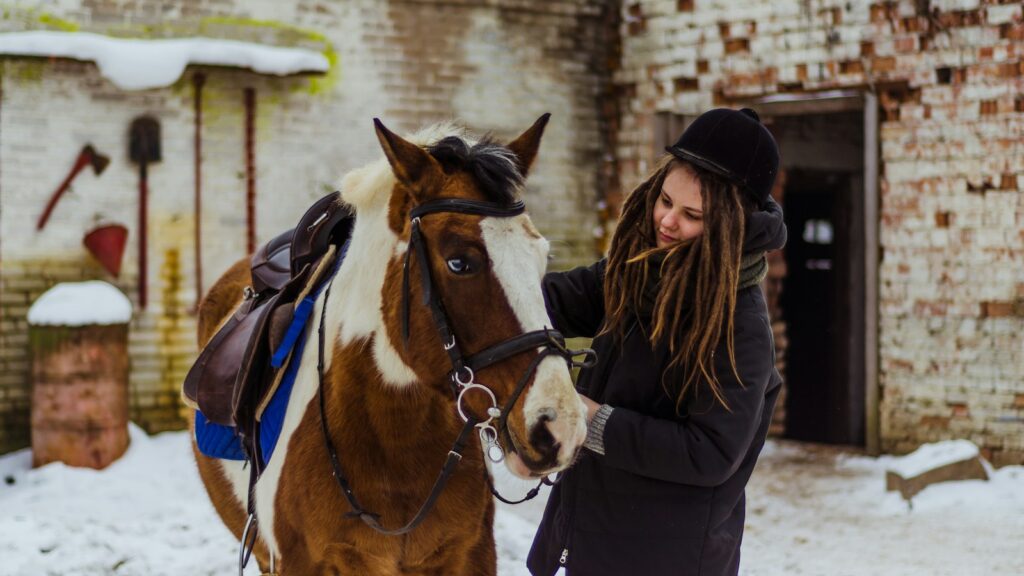
Daily management needs can differ noticeably between these breeds, affecting ownership experience. Thoroughbreds typically have higher metabolism rates and often require more careful feeding management to maintain appropriate weight, with many needing higher calorie diets and more frequent feeding schedules. Their sensitive digestive systems and higher incidence of ulcers may necessitate specialized feeding protocols and supplements. Thoroughbreds also frequently demonstrate higher energy levels requiring consistent work schedules and sometimes more turnout time to manage behavior. Warmbloods generally maintain weight more easily on standard feeding programs and often display less dramatic energy fluctuations with changes in work schedules. However, their larger size typically means higher absolute feed costs, larger space requirements, and stronger, more substantial equipment. Both breeds benefit from regular, consistent training schedules, though many Warmblood owners report more flexibility in maintaining consistent behavior with occasional gaps in work.
Competition Success: By the Numbers
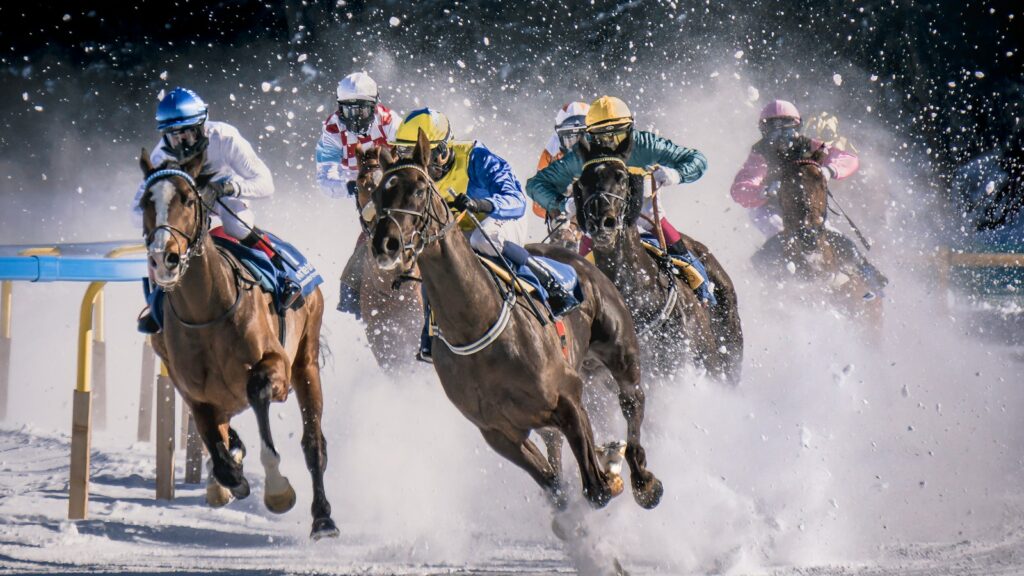
Examining elite competition results reveals clear patterns of breed specialization at international levels. In Olympic and World Championship dressage, Warmbloods have established near-complete dominance, with breeds like Hanoverians, Dutch Warmbloods, and Danish Warmbloods regularly comprising over 90% of competitors at major championships. Show jumping at the international level shows similar patterns, with Warmbloods from jumping-focused bloodlines like KWPN, Holsteiners, and Belgian Warmbloods dominating championship competitions. Three-day eventing presents a more mixed picture, particularly when analyzing the different phases. While Warmbloods and Warmblood crosses have gained ground in this discipline, Thoroughbreds and horses with significant Thoroughbred blood continue to excel, especially at events with demanding cross-country courses where speed and endurance become crucial factors. National-level competitions across disciplines typically show more breed diversity than international championships, reflecting both the specialization at elite levels and the success many riders achieve with various breeds at developmental levels.
Rider Suitability and Match Factors
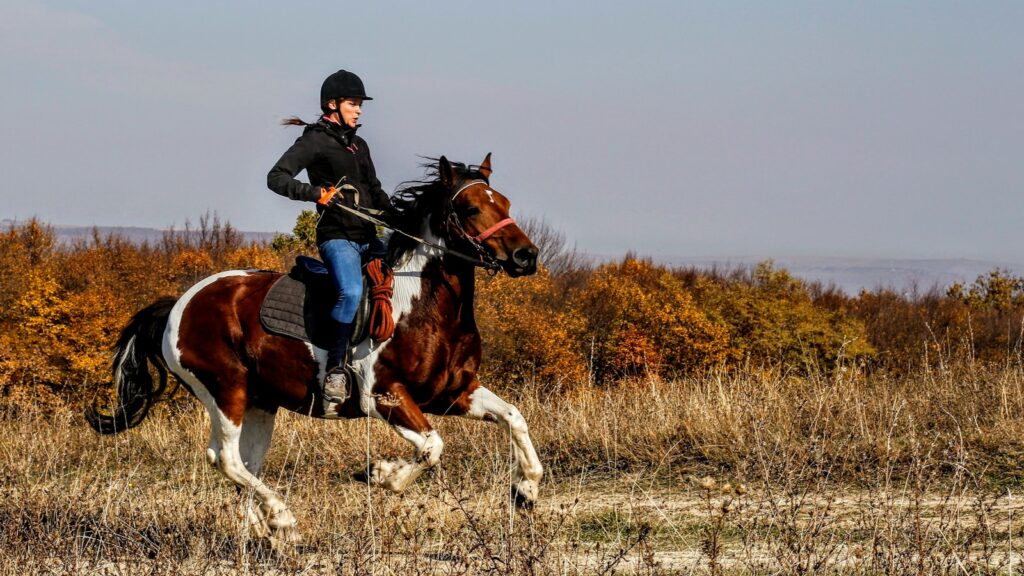
The question of which breed suits particular riders involves numerous individual factors beyond generalizations. Rider experience level plays a significant role, with many professionals suggesting that Warmbloods’ typically more predictable temperaments make them more suitable for amateur riders or those with limited confidence, though this varies enormously between individuals. Physical match considerations are equally important, with lighter riders sometimes finding Thoroughbreds’ narrower frames more comfortable, while larger riders may appreciate Warmbloods’ greater carrying capacity. Riding goals fundamentally shape breed suitability – riders focused on dressage or show jumping might naturally gravitate toward Warmbloods bred specifically for those disciplines, while those interested in eventing, foxhunting, or racing might find Thoroughbreds or Thoroughbred crosses more appropriate. Perhaps most importantly, individual horse-and-rider chemistry often transcends breed categorizations entirely, with successful partnerships forming based on complementary personalities, regardless of breed labels.
Crossbreeding: The Best of Both Worlds?
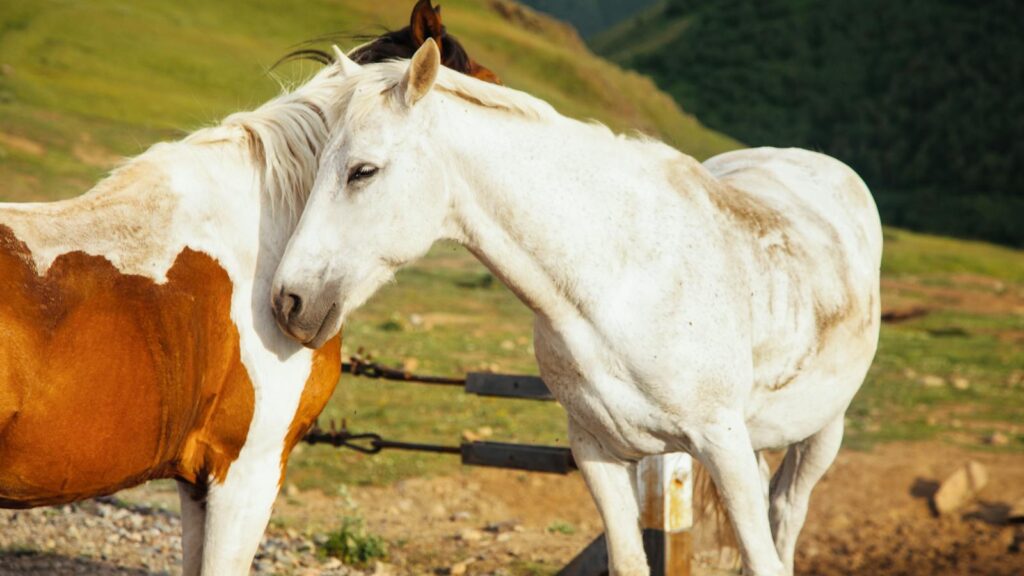
Many successful sport horses represent crosses between Thoroughbreds and Warmbloods, potentially capturing complementary traits from both breeding philosophies. This crossbreeding approach has historically contributed significantly to Warmblood development, with many registries actively incorporating Thoroughbred blood to add refinement, stamina, and athleticism to their breeding programs. The eventing discipline particularly showcases the value of these crosses, with many successful horses carrying 50-75% Thoroughbred blood combined with Warmblood influence, balancing the Thoroughbreds’ stamina and speed with the Warmbloods’ jumping ability and trainability. The Irish Sport Horse studbook exemplifies this approach, developing an internationally respected breed by crossing native Irish horses with both Thoroughbreds and Warmbloods to create athletic, versatile competition horses. This pragmatic approach reflects a performance-focused philosophy that prioritizes athletic ability over breed purity, acknowledging that different genetic contributions offer valuable qualities to the modern sport horse.
The Verdict: Purpose-Bred Excellence
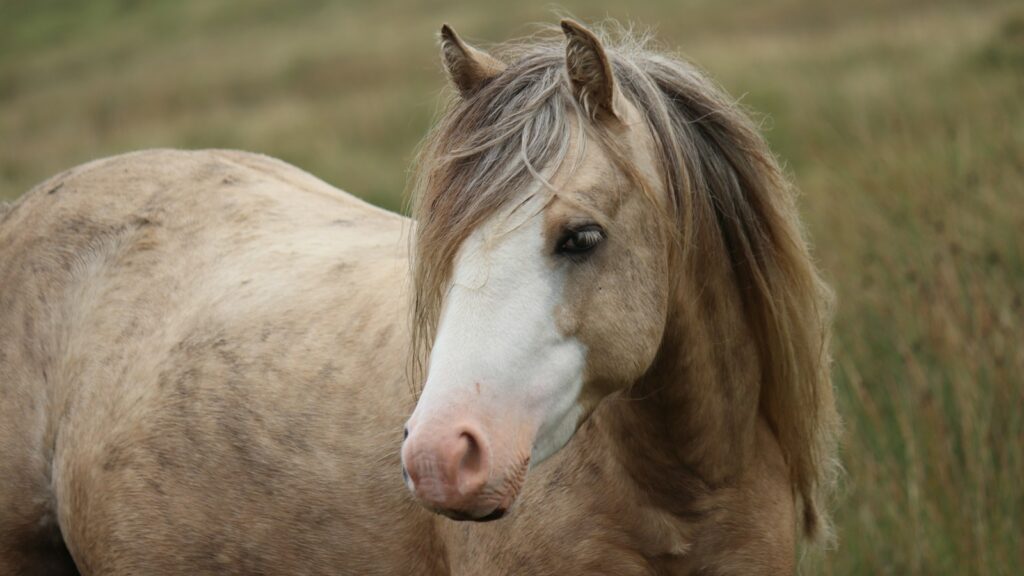
The question of which breed is “better” ultimately dissolves when examined through the lens of purpose and individual needs. Neither Warmbloods nor Thoroughbreds claim objective superiority; rather, each excels in specific contexts aligned with their breeding purposes. Thoroughbreds represent the pinnacle of speed, endurance, and forward athleticism, making them exceptional choices for disciplines prioritizing these qualities, including racing, eventing, and fox hunting. Warmbloods excel in technical precision, carrying capacity, and collected movement, dominating disciplines like dressage and show jumping where these attributes prove decisive. A more productive approach than declaring one breed superior involves matching horse breed characteristics to specific rider goals, abilities, and preferences. The tremendous diversity within each breed category further complicates broad comparisons, with considerable variation in temperament, ability, and suitability existing within both Warmbloods and Thoroughbreds. The most successful equestrians typically focus less on breed labels and more on finding individual horses whose specific attributes align with their personal goals and needs.
Conclusion
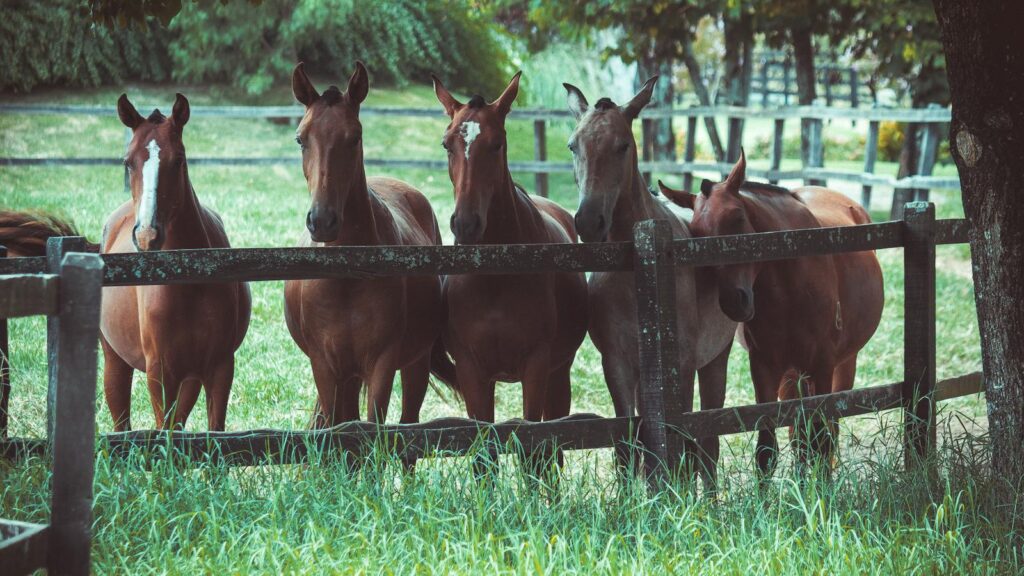
The Warmblood versus Thoroughbred debate ultimately reveals the beautiful specialization that centuries of purposeful breeding has created. Rather than competing for superiority, these breeds complement each other in the equestrian world, each excelling in the disciplines that match their physical and mental attributes. The Thoroughbred’s speed, sensitivity, and stamina make it irreplaceable in certain contexts, while the Warmblood’s power, trainability, and technical ability create excellence in others. For riders and owners, the “better” horse isn’t determined by breed alone but by the magical alignment between a specific horse’s qualities and the rider’s goals, abilities, and preferences. Perhaps the most valuable perspective acknowledges that both breeds have transformed equestrian sport, each in their unique way, creating the rich diversity of equine athletes that enhances the horse world today.

